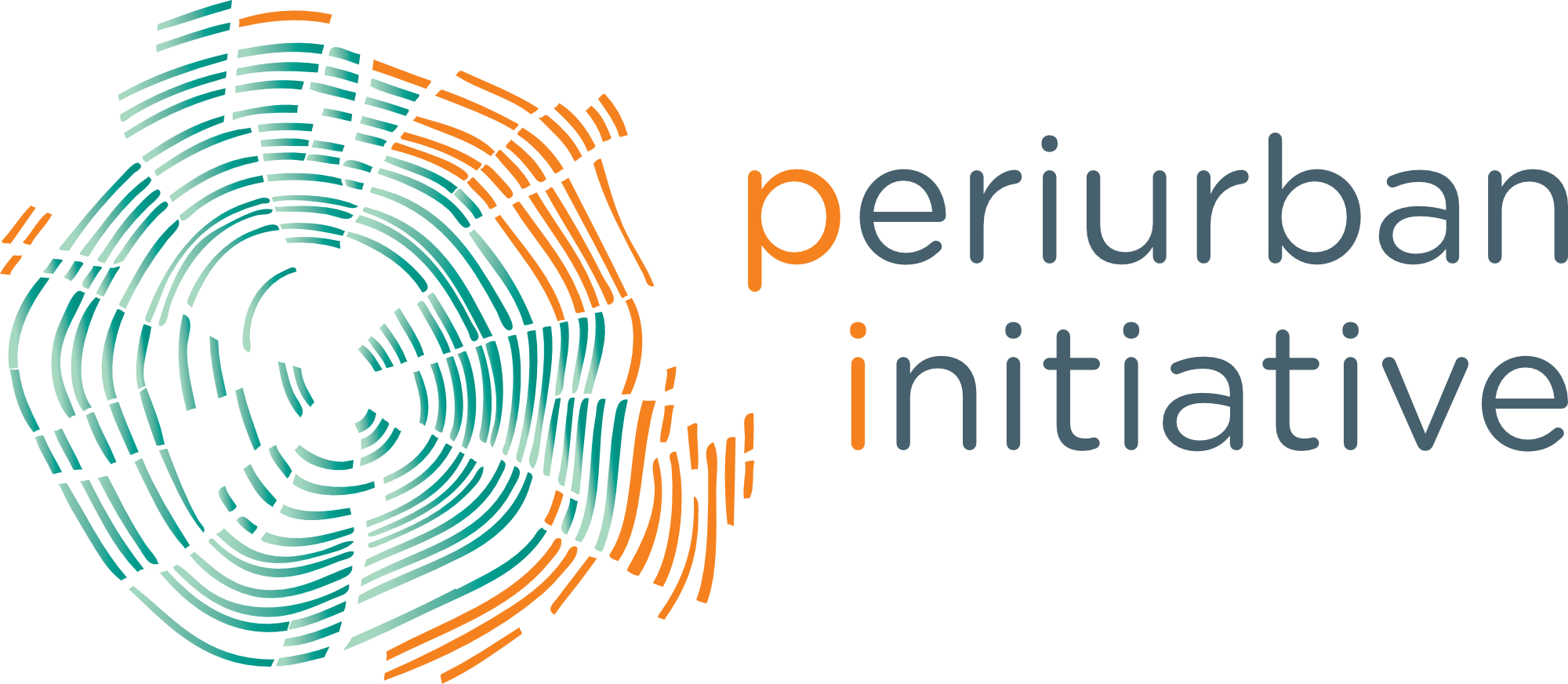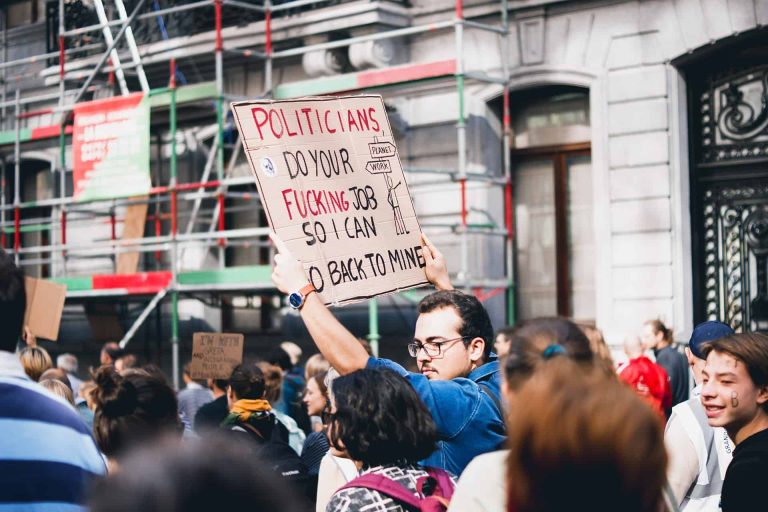The Curious Case of Sriperumbudur
When one is told that he or she is supposed to go down to the field and conduct first hand data collection surveys in random households of a chosen Taluk, they might frame a picture of the scene in their mind. Again, given the backdrop of a periurban research project, the visualization might come easy all the more. However, visiting the Sriperumbudur Taluk of Tamil Nadu with such a task at hand very well stands a chance of failing them. Located on the outskirts of Chennai, Sriperumbudur experienced rapid transitions following the setup of major Special Economic Zones (SEZs) in the last decade and a half. While the multifaceted aspects of the periurban region are more or less intact, Sriperumbudur is a little different.
So close to the metro, yet so far from the basic necessities and services of the urban. They have different stories to tell. While some could seem to be challenging, others emanate a profound sense of despair.
Fast Growing Periurban
Not because it differs radically from the stereotypical components of a fast-growing periurban, but the rather untouched and unheard complexities that entail the lives of the people who live there. One thing that cuts across all the stories of all the people residing in this region is the element of inspiration. The inspiration I choose to talk about here is not restricted to the ways in which the people living there deal with the humongous struggles encountered by them on a regular basis.
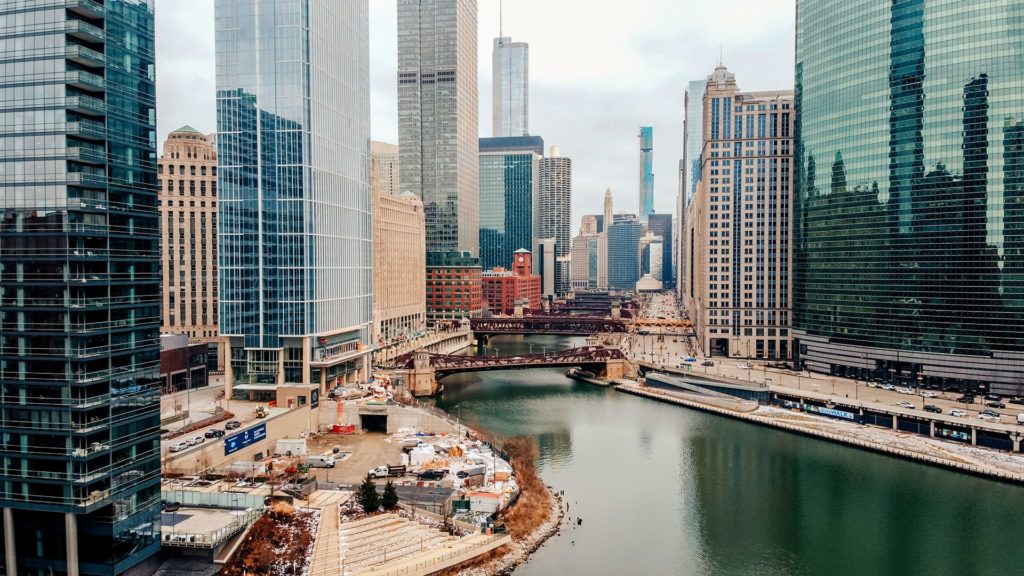
These struggles, which are way graver than how I will be writing about them, are a part of the reality those people find themselves in; every day, all the time. The degree of the difficulties faced by these people is undoubtedly a function of their respective socio-economic backgrounds. This relates to the fact, that whereas for some sections of the people the situation is a matter of slight discomfort, for others it is a question of utter helplessness. Some people are trying their best to improve the situation, while many others have lost hope in due process. The bottom line being thus – the periurban dynamics at play in the Sriperumbudur region need to be altered for the better.
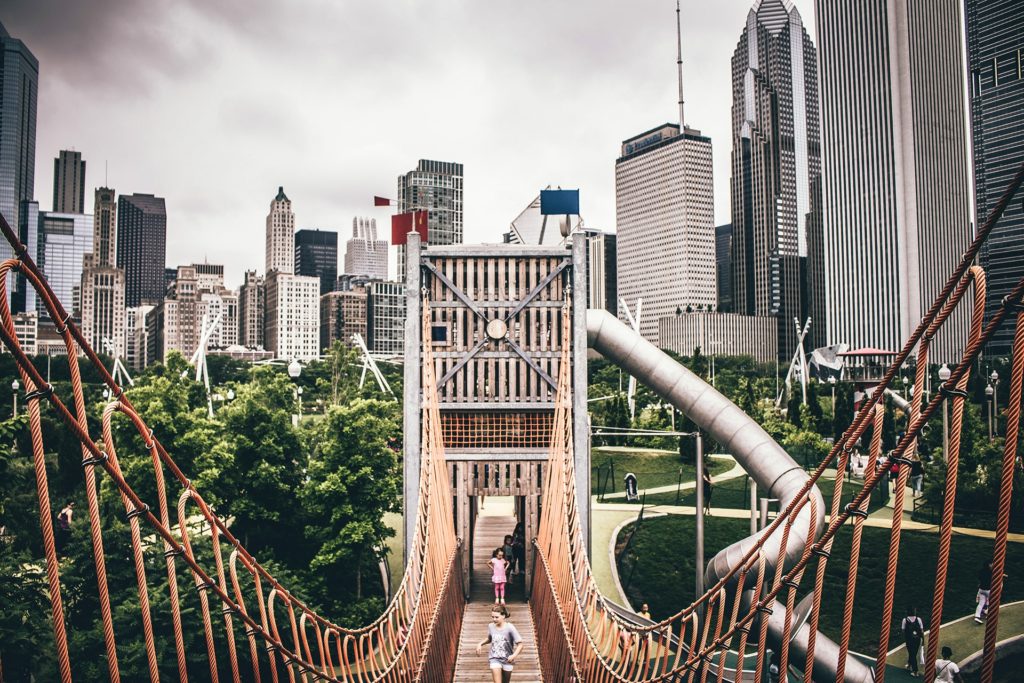
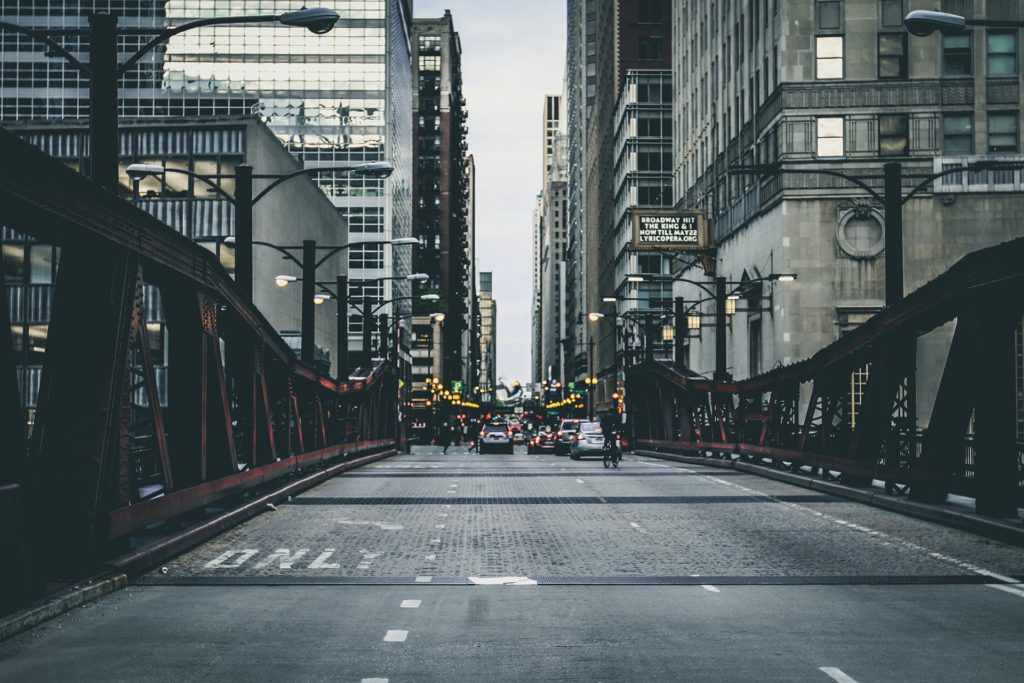
A positive change at sight
Though the scenario is not comparable to, say, a remote village in some part of the country that is yet to receive electrification; it is not something to be left unnoticed either. Take it from me; you would have precisely the same feeling upon witnessing the existing condition of so-called urbanization and the spillovers of an ever-expanding urban, which leads to the notion of the periurban. The one that exists in a state of limbo, just about totally uncertain of its future, if at all there is one. Any person, who is aware of the ways in which the world is changing, and has come across the questions of sustainability and development at some point in their lives, is bound to yearn for positive change at the sight of this periurban region called Sriperumbudur.
This spark to bring about change is what reminds me of the inspiration I talked about while beginning this essay. It extends a little beyond what the most obvious interpretation of inspiration might possibly encompass. I choose to highlight, apart from the very obvious spirit of challenging obstacles, that aspect of the struggle which has the power to invoke change, to ignite prosperity and inspire whoever that grapples with the state of affairs in the region. The inspiration radiated from the people who engage with these struggles, the one that could give the periurban a new face and a rightful recognition in the discourse of urbanization, planning and development.
Anvesh
Realizing the fact that not all readers might be able to identify with the aforementioned argument, I would like to offer a brief narrative of the lives of certain people who were interviewed as part of the PeriUrban Dynamics Research Project that is currently being carried out by the Indo-German Centre for Sustainability, Chennai. Again, this seems to be quite a daunting task. For, recreating an account of what is a matter of everyday reality for millions with the help of a few hundred words is nothing short of impossible. The purpose of the effort, nonetheless, is to try and render some aspects of sustainability that are seldom labeled as a priority while taking urban expansion and development into consideration.
My Observations
I shall talk about handpicked observations and insights collected from a host of people residing in Sriperumbudur. The idea is to provide a basis for the argument that though progress and prosperity is being achieved in many respects, there are umpteen counter-intuitive repercussions stemming out of such development, which demand urgent attention, and action. I shall talk about handpicked observations and insights collected from a host of people residing in Sriperumbudur. The idea is to provide a basis for the argument that though progress and prosperity is being achieved in many respects, there are umpteen counter-intuitive repercussions stemming out of such development, which demand urgent attention, and action.
1. There lives a varied population across the length and breadth of this periurban region. While some people could be classified as lower-middle class, quite a substantial number of households fall under the ambit of the upper-middle class as well.
2. A lady residing in Porur began by talking about how the cost of living in the region has seen sky-rocketing rise in the past decade or so.
3. A couple of days later, we happened to interview a driver of a reputed car-rental service provider in the city and his wife.
4. We also interviewed a young lady in her mid-twenties, whose three year old son was playing just outside their house. For what I could arguably label as one of the most horrid scenes I have ever come across, the plot adjacent to the one they lived in was a multipurpose land. Multipurpose in the sense of garbage disposal, open drain, sewerage waste, and what not.
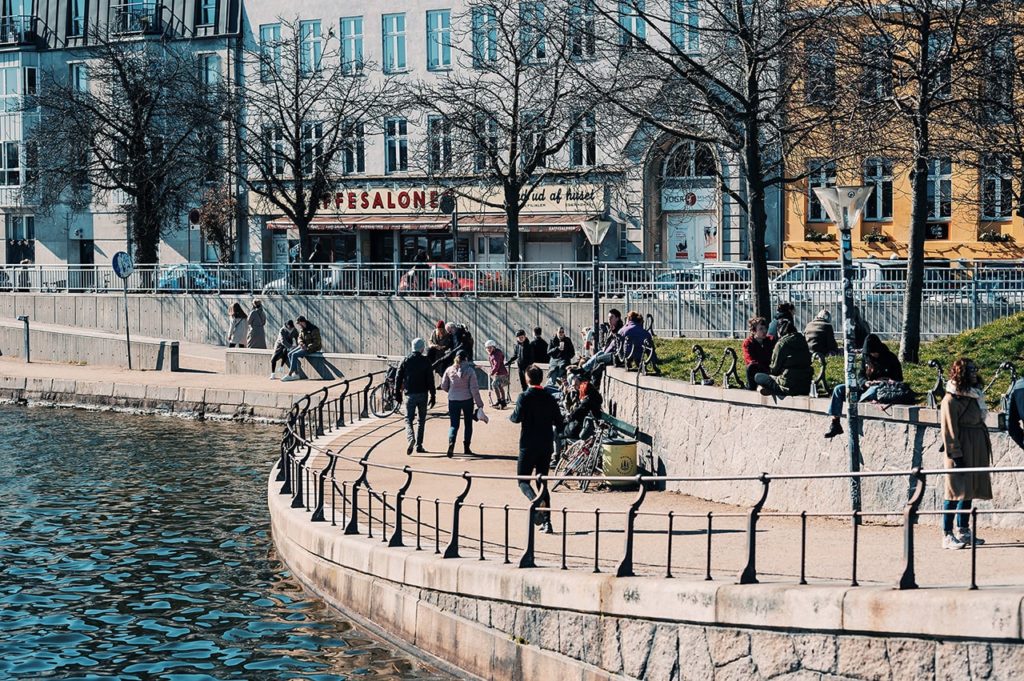
Moving on to the kinds of problems faced by the relatively better off sections, one would indeed be shocked upon knowing their plight. An electronics and telecommunication engineer shared with us how his house being located at the edge of a main road, had to face its own set of challenges. Being the only residential plot in an approximate radius of about 600 meters, the municipal cleaners never bothered to dispose the waste generated by their house. Occasionally, they asked for some form of ‘extra remuneration’ and did it. Even so, they collected the garbage and dumped it right across the main road. Much like what many people from the nearby area did, instead of acting against such poor facilities. His words resound in my ears – “It seems like people want to keep their homes clean, but the city dirty.”

A good old lady, mother of a son who is a doctor residing in a sophisticated apartment in an indeed posh locale had yet another shocking anecdote to share. The apartment’s affairs are handled by a body she kept referring to as ‘association’. Everything, from water supply and waste disposal to gardening and festivities; was handled by this association. This mechanism sounded to be picture perfect in normal times. But that was not the case at all times.
The location of the apartment and its civil engineered construction was so defective, that when the floods happened, there was enough water to submerge the entire basement and ground floor of the building. Being on the first floor, they weren’t under waters, but were quite trapped in the building for days. Not to forget their car that was totally damaged for having been parked in the basement under waters for about ten days.
Another interviewee chose to discuss how, despite multiple and collective efforts by him and the people living on the same street as his, he failed to establish a proper method for waste segregation, disposal and collection. Being very well aware of the virtues of separating biodegradable and non-biodegradable waste including the concept of the three Rs (reduce, reuse and recycle); they practiced all methods of sustainability in their own house. In fact, their family was upset as to being unable to use solar power as a means of alternative energy, for the plot was located in a way that it didn’t receive direct sunlight.
